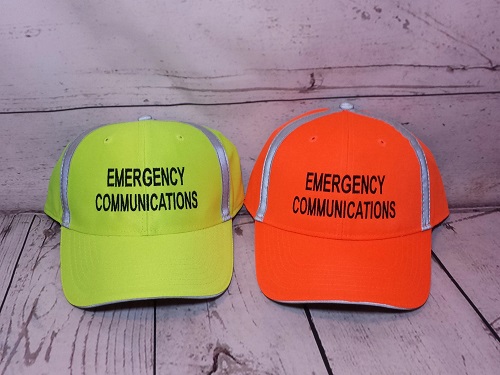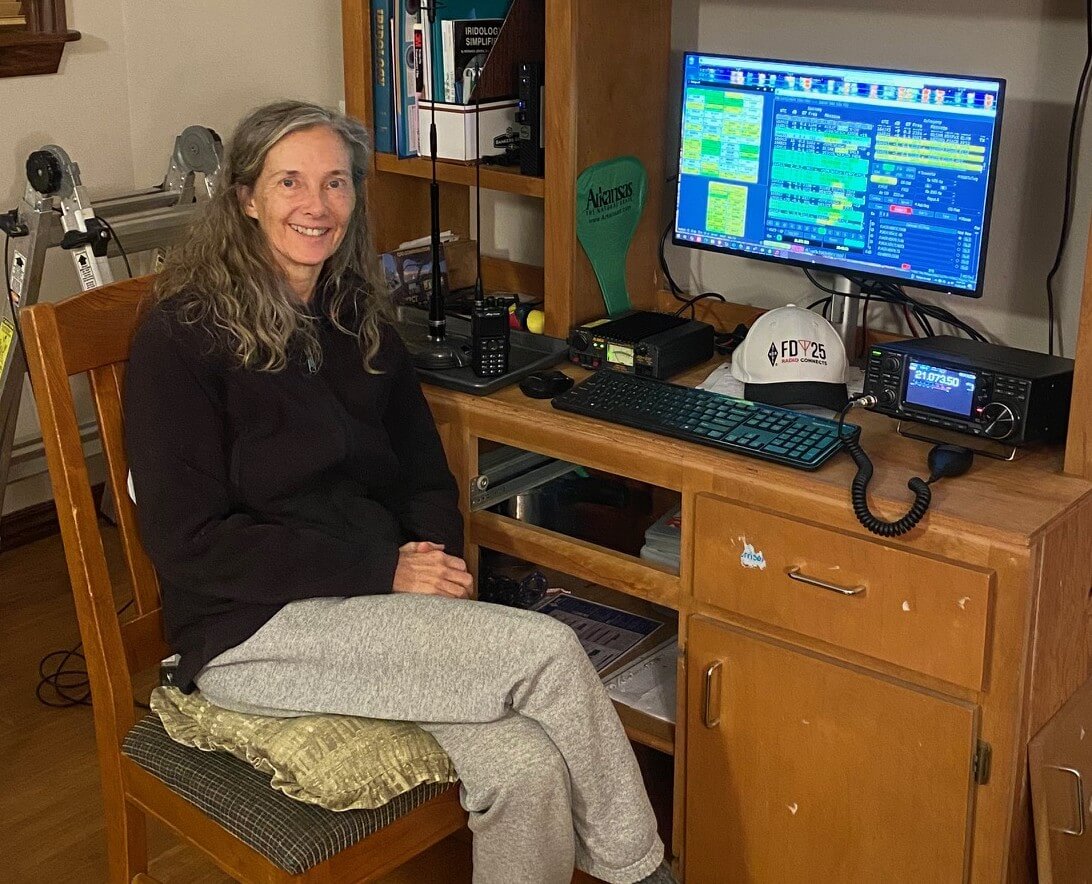Welcome to the new EmComm Corner! Here we will share interesting information for those interested in the EmComm portion of the amateur radio service, as well as tips to help you communicate in an emergency!

This month let’s start out with our EmComm sign ups! – We have over 25 hams that have signed up so far and I thank you for that! While we continue to build this out, we did review the training requirements and who had what when signing up. A good number have some sort of Incident Command/National Incident Management System (ICS/NIMS) training and that is excellent! There are also a few of you that are interested and looking to begin. That is certainly commendable and thank you!
Most agencies require a basic skill set of training that can be completed at home, at your own pace. The training is hosted via the Federal Emergency Management Agency (FEMA) Emergency Management Institute. This training is designed to allow auxiliary communicators to function within the incident command system and unified command structure of incidents as they unfold across the US. The design was to get everyone on the same page, using the same language and infrastructure so agencies could seamlessly work together on both small and large scale incidents. Ham radio operators, as auxiliary communicators, are no different and we should also all be on the same page. This training helps you understand that, and they’re free of charge!
First and foremost, if you are ready to begin the training, you’ll need to sign up for a Student ID (SID) on the FEMA website. The link is here: https://cdp.dhs.gov/FEMASID/register
BE SURE to write down or save your SID so you can enroll for classes.
Then, you’ll need to take 4 specific courses to really be ready for “it”. They are:
These courses are designed to teach you the terminology, processes and why we do what we do, as well as where we can and do fit in. The courses can take up to 3 hours each so be sure to allot yourself time to do these as it is a commitment that is well worth it!
At completion of each course, you will get a downloadable and printable certificate from FEMA. Save and print this out and be proud of it!
As auxiliary communicators, we must constantly practice and be on the ready just in case. There are hams providing emergency communications daily across the US and world from hurricane nets to local disasters after weather. Hams are very integral to helping public safety agencies to collect important situational awareness information, weather spotting and communication relay. So, as a test, try participating in a net on emergency power. Start a generator, hook up a battery bank or whatever emergency power you may have and participate in the net using it. Do you have a Go KIT? Break it out and use it! Testing equipment and procedures is something that should be done as often as possible so use a net to test yourself. Does your equipment work? Better to know ahead of time!
As always, if you have any questions about the ICS courses or anything, send me an email or call! We want everyone who wants to participate to be successful! I can be found at wrbk701@gmail.com or 479-216-2690.
73!
Chris Ebert, NAØD
BVRC EmComm Committee Chairman



